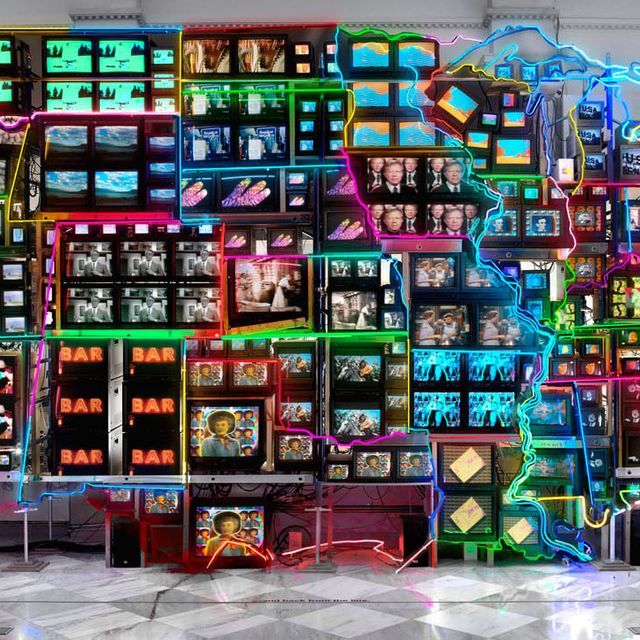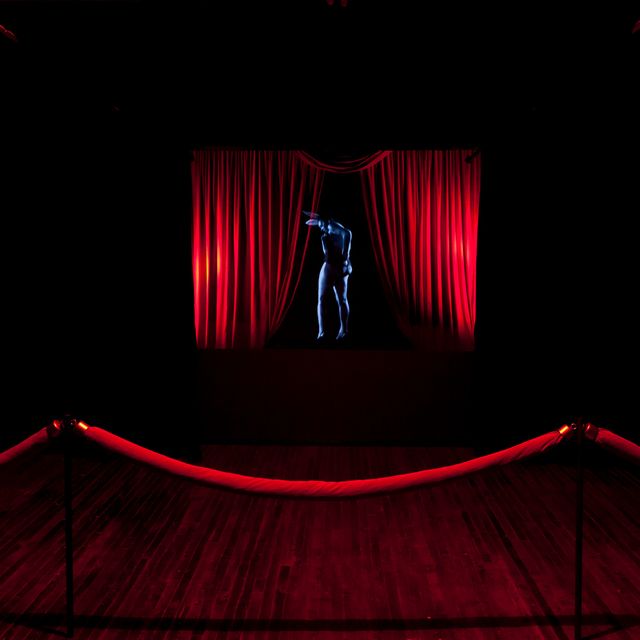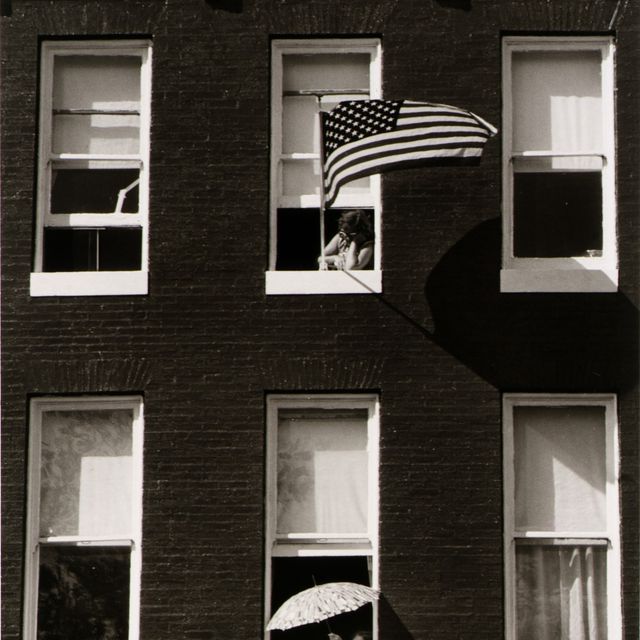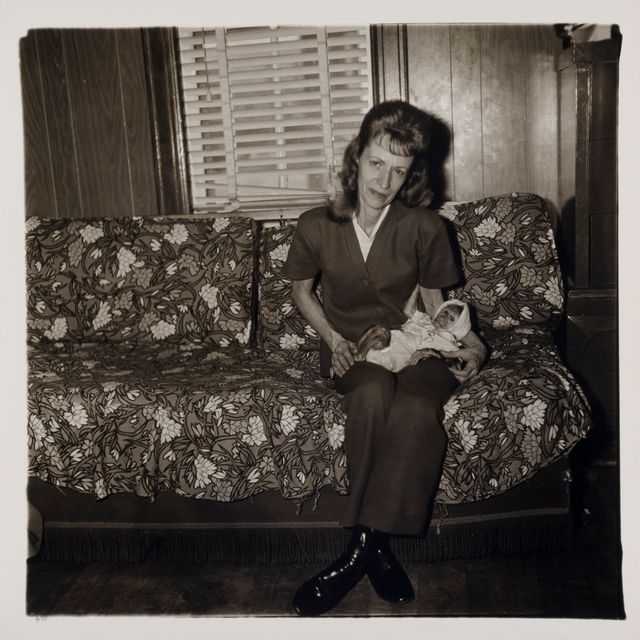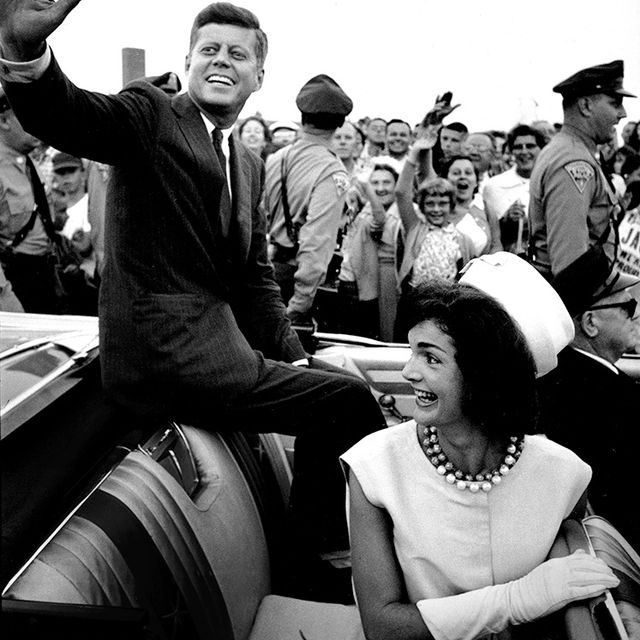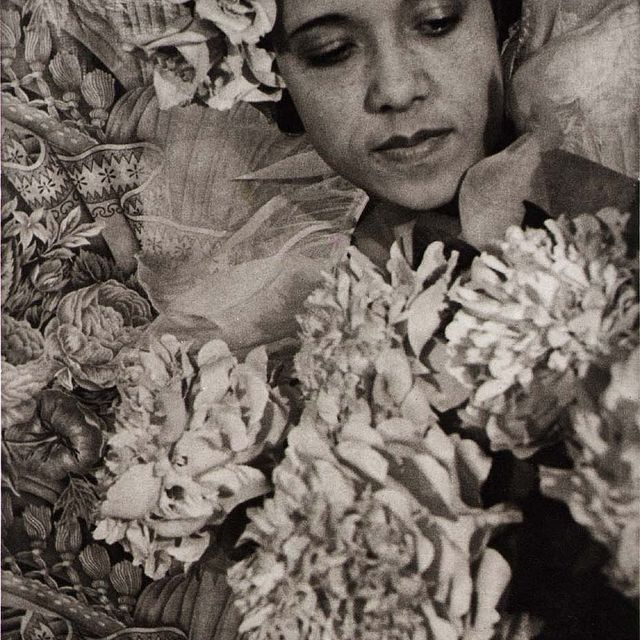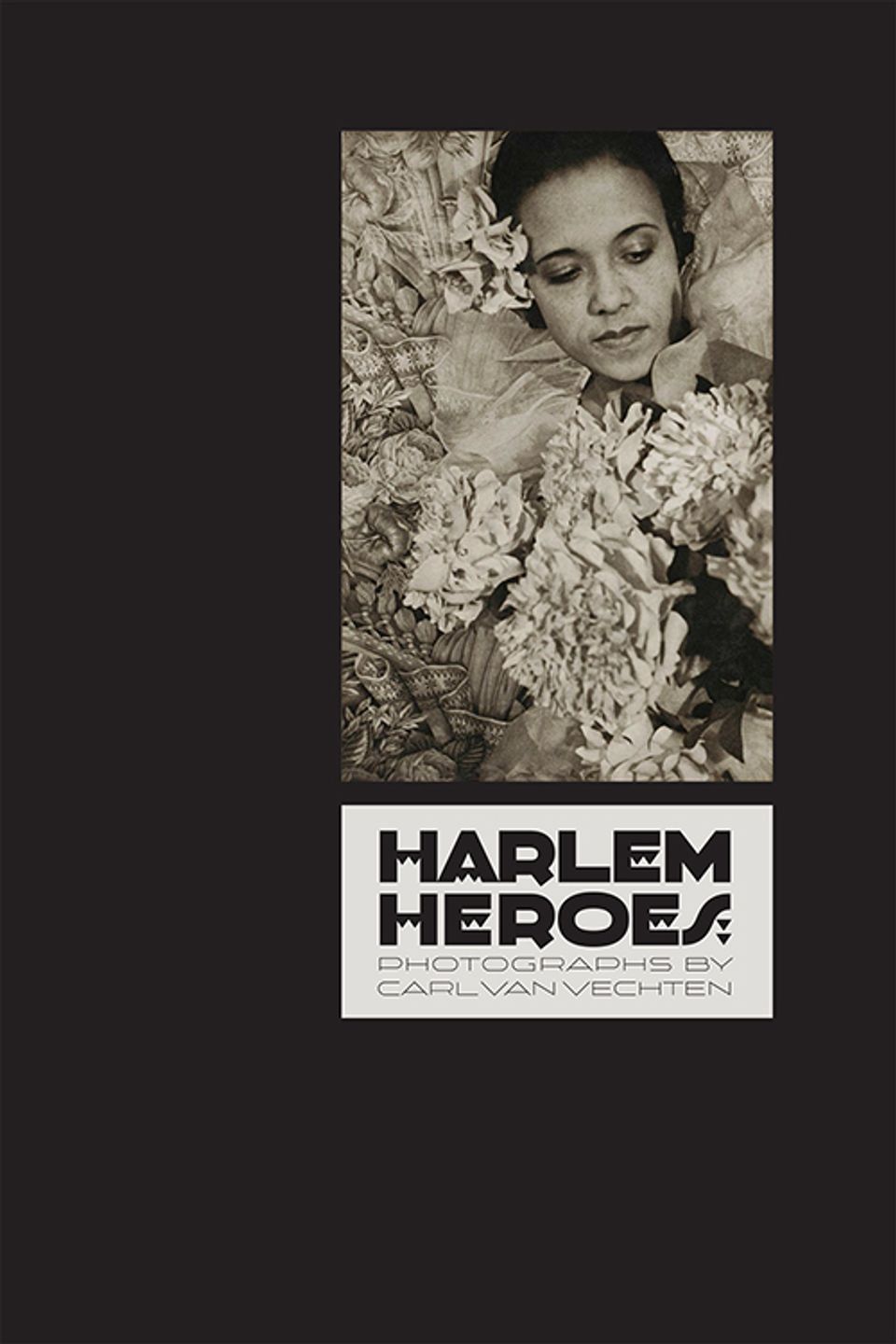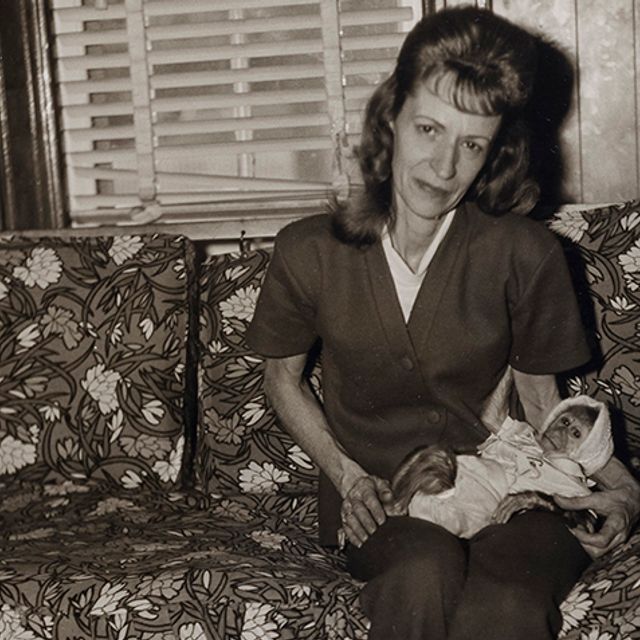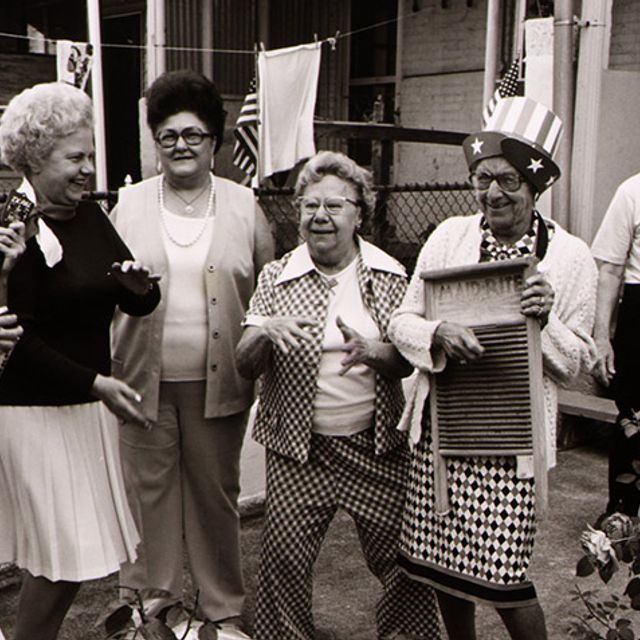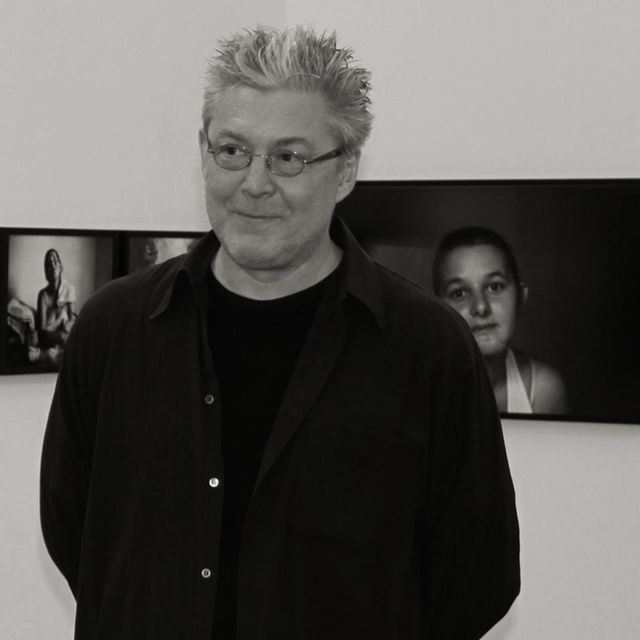
John Jacob
McEvoy Family Curator for Photography
John Jacob is the museum’s McEvoy Family Curator for Photography; he joined the curatorial staff in July 2015. His responsibilities include research, exhibitions and acquisitions related to the museum’s collection. His research interests include American vernacular photography, social history and women photographers. See full staff bio.















